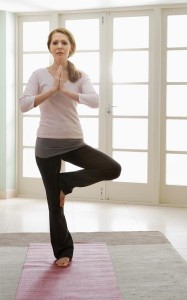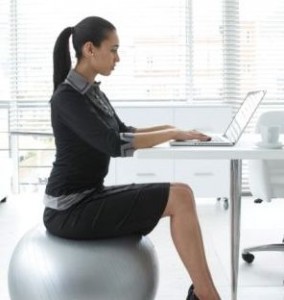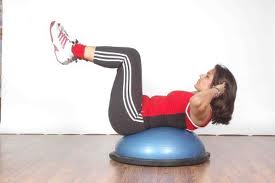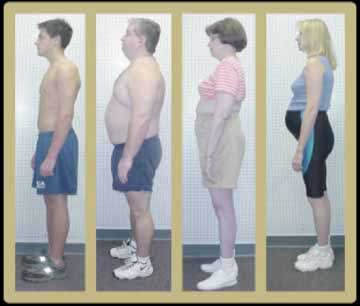Medications make a difference — generally a positive one — in the lives of many people. Insulin keeps blood sugar under control, cholesterol-lowering drugs can reduce the chances of having a heart attack, and thyroid medication can restore a normal hormone level. These are but a few examples.
At the same time, all drugs carry side effects, and can interact with other medications. For many medications, one or more side effects affect balance. And that can increase your chances of taking a fall. How? According to the Centers for Disease Control and Prevention, common problems include vision changes, dizziness or lightheadedness, drowsiness, and impaired alertness or judgment. Some medications may damage the inner ear, spurring temporary or permanent balance disorders.

How do I know if this is a problem for me?
Some of the commonly prescribed medications that can affect balance include:
| • | antidepressants |
| • | anti-anxiety drugs |
| • | antihistamines prescribed to relieve allergy symptoms |
| • | blood pressure and other heart medications |
| • | pain relievers, both prescription and nonprescription |
| • | sleep aids (over-the-counter and prescription forms) |
Sometimes the problem isn’t a single drug but the combination of medications being taken together. Older adults are especially vulnerable, because drugs are absorbed and broken down differently as people age.
If you are concerned about how your medications may be affecting your balance, call you doctor and ask to review the drugs you’re taking, the dose, and when you take them. It is never a good idea to just stop taking a medication without consulting your health care provider first. Doing so can create even more health risks.

Why good posture matters
“Stand up straight.” That’s timeless advice we’ve probably all heard at one time or another. It’s worth heeding.
Good posture is important to balance.
By standing up straight, you center your weight over your feet.
Good posture also helps you maintain correct form while exercising, which results in fewer injuries and greater gains.
Good balance has many payoffs.
If you love tennis, golf, running, dancing, skiing, or any number of other sports or activities, working on balance strengthens your abilities.
Not an athlete? Just walking across the floor or down the block requires good balance.
So does rising from a chair, going up and down stairs, toting packages, and even turning to look behind you.
Poor posture isn’t necessarily a bad habit. Physical reasons for poor posture include:
| • | Inflexible muscles that decrease range of motion (how far a joint can move in any direction). For example, overly tight, shortened hip muscles tug your upper body forward and disrupt your posture. Overly tight chest muscles can pull your shoulders forward. |
| • | Muscle strength affects balance in a number of ways. The “core muscles” of the back, side, pelvis, and buttocks form a sturdy central link between your upper and lower body. Weak core muscles encourage slumping, which tips your body forward and thus off balance. Strong lower leg muscles help keep you steady when standing. |

Good posture means:
| • | chin parallel to the floor |
| • | shoulders even (roll your shoulders up, back, and down to help achieve this) |
| • | neutral spine (no flexing or arching to overemphasize the curve in your lower back) |
| • | arms at your sides with elbows straight and even |
| • | abdominal muscles braced |
| • | hips even |
| • | knees even and pointing straight ahead |
| • | body weight distributed evenly on both feet. |
When sitting down, keep your chin parallel to the floor, your shoulders, hips, and knees at even heights, and your knees and feet pointing straight ahead.

Balance workouts address posture and balance problems with exercises that build strength where it counts and stretches that loosen tight muscles. Quick posture checks in the mirror before and during balance exercises can help you get the most from your workout. Increasing core strength and flexibility can help you improve your posture noticeably in just a few weeks.
